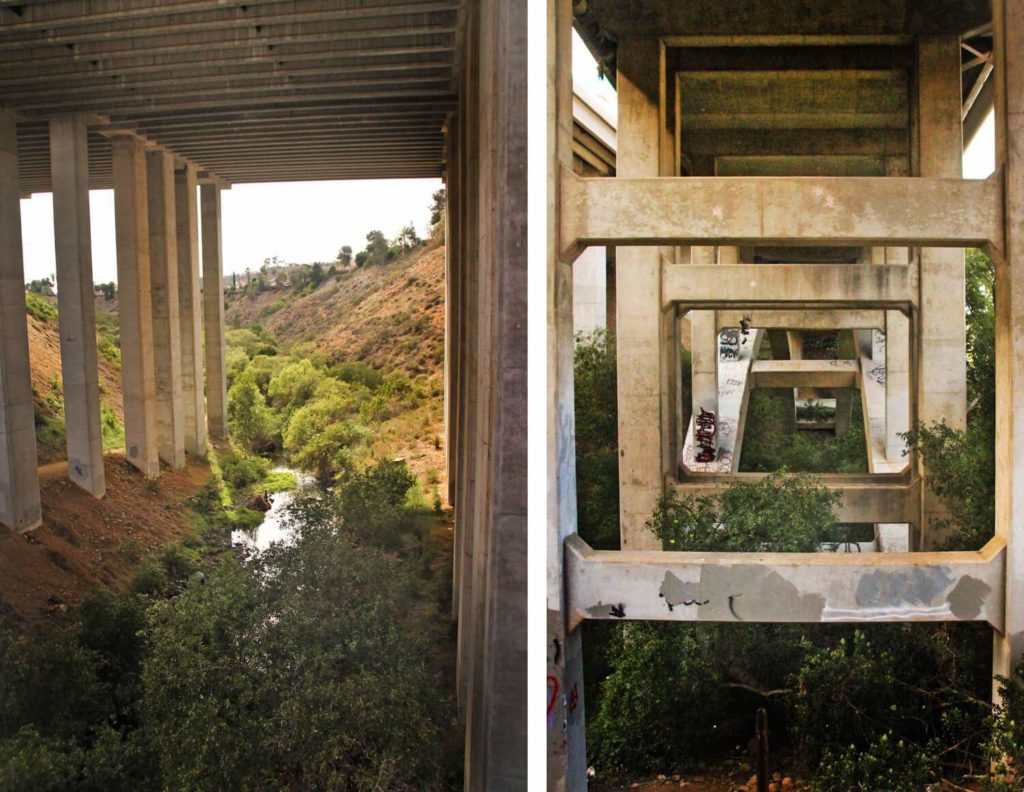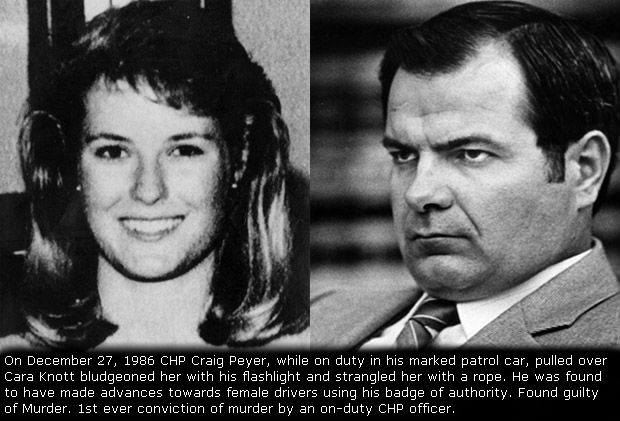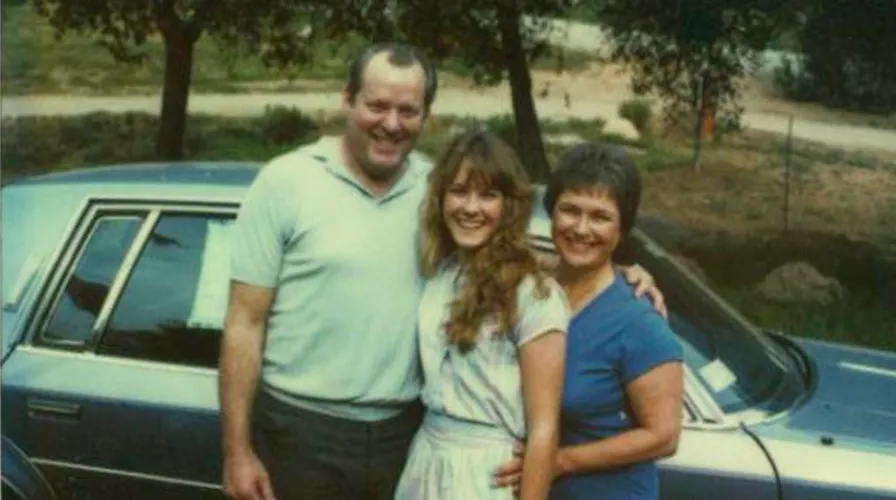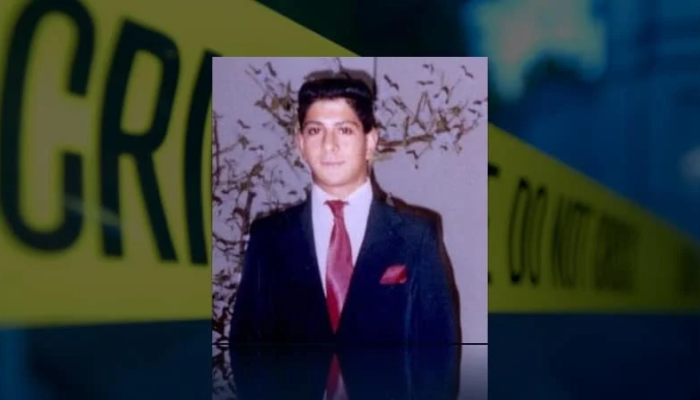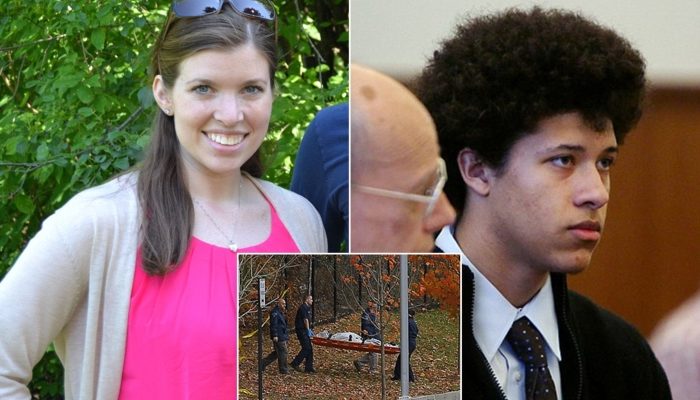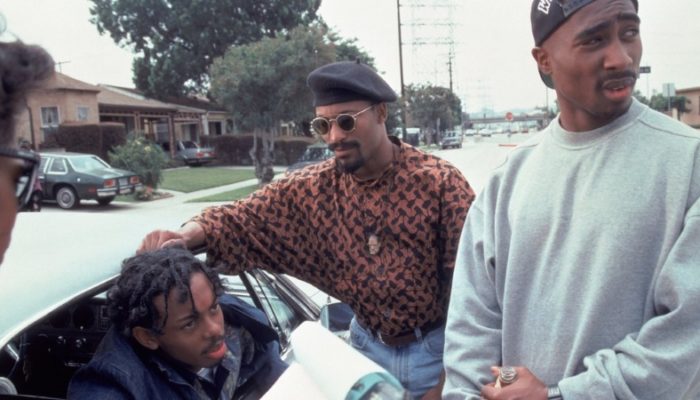In the wake of December 27, 1986, the disappearance of Cara Knott sent shockwaves through San Diego County. A scholar at San Diego State University, Cara vanished whilst traversing the acquainted route from her boyfriend’s home in Escondido to her discern house in El Cajon. The ensuing investigation would monitor a sinister fact and shake the community’s acceptance as true within the ones sworn to defend.
This blog aims to unravel the thriller surrounding Cara Knott’s disappearance and the next tragedy. As we delve into the info of that haunting nighttime and the subsequent revelations, we navigate via the complexities of a case that not best fashioned the narrative of private safety but also uncovered the dark underbelly of a system meant to uphold it.
Background on Cara Knott
Cara Knott, born on February 11, 1966, became an American pupil whose life took a sad turn on December 27, 1986. Hailing from a close-knit family, Cara turned into a pupil at San Diego State University, pursuing her desires. Described as a vibrant and promising young lady, she became deeply related to her family and had an extensive circle of buddies.
Cara’s adventure on that December day started innocently – a power from her boyfriend’s home in Escondido to her discern house in El Cajon. However, this habitual trip would mark the beginning of a chilling mystery that could captivate the community for years yet to come.
The Disappearance
On the night time of December 27, 1986, Cara, a young American girl with a promising future, embarked on a habitual power that would ultimately cause an enigmatic and tragic turn of activities. Leaving her boyfriend’s home in Escondido to reach her parents’ residence in El Cajon, Cara set out in an acquainted direction, unaware that this journey would turn out to be the focal point of an unresolved thriller that keeps intrigue and disturbance at present.
The details of Knott’s disappearance are hauntingly sparse, leaving investigators and the community grappling with questions that, even decades later, remain unanswered. As she navigated the roads that connected the important things in her life, a sequence of unknown activities spread out, in the end leading to a void inside the lives of those who cared for her.
The research into her disappearance started in earnest as a challenge hooked up over Cara’s absence. Friends, family, and regulation enforcement united in a shared undertaking to uncover the situations surrounding that fateful night. What took place for the duration of that drive from Escondido to El Cajon, and why did Cara’s journey take a sad turn?
The Investigation Unfolds
In the wake of Cara Knott’s mysterious disappearance, the wheels of research started turning with urgency and backbone. Law enforcement groups swiftly mobilized sources to piece together the puzzle surrounding her vanishing act, and expertise at that point became of the essence.
The discovery of Cara’s automobile on a desolate dead-cease avenue marked the starting point of a meticulous inquiry. Investigators combed through the car, searching for any clues that would light up the activities of that chilling night. Tirelessly, they retraced her presumed direction, spoke to witnesses, and delved into phone statistics and different potential leads.
The network, gripped by a palpable experience of unease, awaited updates on the progress of the investigation. News retailers said on the continued efforts, amplifying the urgency for solutions. Each passing day without resolution intensified the collective tension and bolstered the remedy of those devoted to locating Cara.
As investigators followed each lead, the unfolding narrative supplied a complex tapestry of events. The assignment of navigating through the shadows of uncertainty and speculating on the motivations behind Cara’s disappearance added layers to an already problematic research.
Discovery of Cara Knott’s Body:
The unraveling mystery of Knott’s disappearance took a sad turn with the invention of her dead body. The rugged terrain of San Diego County, marked by steep ravines and winding paths, has become the backdrop for the somber conclusion to a search that had captured the network’s collective problem.
In the aftermath of relentless search efforts, investigators positioned Cara Knott’s frame at the lowest of a frightening 65-foot ravine, a stark realization of the heartbreaking fate that had befallen her. The demanding situations confronted by seek and rescue groups in navigating the treacherous panorama underscored the dedication required to convey closure to Cara’s grieving family.
The Shocking Revelation:
In a chilling flip of events, the research into Knott’s disappearance revealed a surprising reality – the presence of a predator within the ranks of those entrusted with public protection. Craig Alan Peyer, a police officer and a 13-year veteran of the California Highway Patrol (CHP), emerged as the high suspect in the heinous crime.
The revelation of Peyer’s involvement sent shockwaves through the network, shattering the agreement located in regulation enforcement officials. As information unfolded throughout the investigation, it became apparent that Peyer had been focused on women along the interstate, exploiting his function of authority to make predatory sexual advances on more than one female driver.
Peyer’s Predatory Behavior: A Disturbing Pattern Unveiled
As the trial opened up, the quantity of Craig Alan Peyer’s predatory conduct got too mild here, revealing a disturbing sample that had remained hidden for a long way too long. Peyer, a 13-year veteran of the California Highway Patrol (CHP), had no longer most effectively betrayed the consider located in law enforcement but had actively used his function to take advantage of and terrorize innocent sufferers.
The court docket has become a level for the disclosing of Peyer’s predatory movements. Testimonies discovered that he had been systematically focused on girls alongside the interstate, taking advantage of his authority to make predatory sexual advances on a couple of lady drivers. This demanding sample of conduct painted a chilling picture of an officer who had sworn to shield and serve but had rather become a menace on the very highways he patrolled.
The Trial: Seeking Justice for Cara Knott
The felony complaints towards Craig Alan Peyer marked a pivotal bankruptcy inside the quest for justice surrounding Cara’s tragic demise. As the court became the battleground between the prosecution and the protection, the complex details of the case have been meticulously provided, unraveling the chilling occasions that led to the loss of a younger life.
The trial showcased a compelling array of evidence linking Peyer to Cara’s murder. Witnesses, forensic experts, and law enforcement officials took the stand, imparting a complete narrative that sought to keep the accused accountable for his moves. The prosecution painted a brilliant image of a predatory officer who had abused his position of authority to commit heinous crimes.
Throughout the trial, the emotional toll on Cara’s circle of relatives and the network became palpable. The courtroom served as a degree in which the search for justice intersected with the collective grief of individuals who had lost a daughter, a chum, and a promising younger person.
Conviction and Sentencing: Closure Amidst the Grief
In a courtroom charged with emotion and anticipation, the trial against Craig Alan Peyer reached its fruits with a verdict that echoed via the corridors of justice. In 1988, Peyer was convicted of the murder of Cara, a landmark choice that added a measure of closure to a grieving network and a shattered family.
The conviction represented not only a criminal triumph but also an ethical reckoning. The evidence supplied in the course of the trial, coupled with the revelation of Peyer’s predatory behavior, painted a damning picture that left no room for doubt. The court docket has become a space where the pursuit of justice intersected with the collective grief of people who had misplaced a loved member in their network.
As the gavel fell and the verdict became said, the sentencing phase commenced. Peyer faced the outcomes of his actions, and the courtroom decided the proper punishment for the heinous crime. The sentencing held broader implications, prompting reflections on the integrity of law enforcement and the measures required to prevent such abuses of power in the future.
The Aftermath: Shaping a New Narrative of Safety and Accountability
The aftermath of the conviction of Craig Alan Peyer for Cara Knott’s homicide reverberated some distance beyond the walls of the court docket. The effect of the case on regulation enforcement practices, public belief, and network protection ushered in a length of mirrored image and transformation.
In the aftermath, the tragic events surrounding Cara Knott induced a reevaluation of protocols within the California Highway Patrol and the past. The consciousness that a police officer, sworn to protect, had perpetrated such heinous crimes underscored the want for elevated responsibility, transparency, and preventative measures inside regulation enforcement companies.
Community awareness soared, with people and advocacy agencies calling for systemic modifications to ensure the safety of individuals who depend on the guardianship of law enforcement. The case became a catalyst for open discussions approximately the vulnerabilities inside current systems and the pressing necessity for reforms.
Legacy and Impact: Cara’s Enduring Influence
The legacy of Cara’s case extends past the confines of the court docket, leaving an indelible mark on the collective awareness of the network and society at large. Her tragic story, though marred by way of sorrow, has become a catalyst for exchange, sparking discussions and movements that aimed to prevent comparable horrors from befalling others.
Cara Knott’s legacy lies in the lessons found out from her premature loss of life. The case spurred heightened attention to protection troubles, especially the vulnerabilities individuals face while interacting with those in positions of authority. Advocacy for victims’ rights gained momentum, and communities became more vigilant, worrying about duty and transparency within regulation enforcement.
The impact of Cara’s case prolonged into legislative arenas, inspiring reforms aimed toward preventing abuses of strength and making sure the protection of those who depend on the protection of law enforcement. The enduring effect of her tale serves as a consistent reminder that the pursuit of justice isn’t always most effective about conserving individuals’ responsibility but also approximately growing a safer, simpler society.
Remembering Cara Knott
Knott’s memory lives on inside the hearts of those who knew her and inside the community that mourned her loss. Let us honor her reminiscence by being vigilant, advocating for sufferers, and running closer to a world where tragedies like hers grow to be a component of the past.
Additional Tips:
- Stay Vigilant on the Road: Be aware of your environment whilst using, mainly at some point of overdue hours or in secluded regions. Trust your instincts; if something feels off, take precautions and discover a nicely-lit, populated area.
- Share Your Plans: Inform a person you believe about your travel plans, together with expected arrival instances. Consider the usage of location-sharing apps with close friends or circle of relatives participants.
- Be Cautious of Authority Figures: While most law enforcement officials are devoted to public protection, it’s vital to remain cautious. If pulled over by an unmarked automobile, especially in remote regions, call 911 to affirm the legitimacy of the stop.
- Learn Basic Self-Defense: Consider taking self-defense classes to collect skills that could help defend yourself in unforeseen instances. Carry non-public safety gadgets, consisting of pepper spray or a non-public alarm.
- Utilize Technology: Make use of protection apps designed for real-time monitoring and emergency indicators. Keep your phone charged and easily handy, particularly when traveling alone.
Conclusion
The unraveling of Cara Knott’s tale underscores the importance of searching for justice, protecting individuals responsible, and fostering a subculture of safety. As we reflect on this tragic chapter, let us not forget Knott and hold the communication on creating a society in which such activities are averted, and justice prevails.
As we finish this exploration of Cara Knott’s case, let us convey forward the training found out from this tragic chapter. By remembering her story, we contribute to the continued efforts to create a safer and greater just society for each person.
Frequently Asked Questions:
Q1: Who became Cara Knott, and what was passed off to her?
A1: Cara Knott changed into an American scholar at San Diego State University who disappeared on December 27, 1986. She began driving from her boyfriend’s home in Escondido, California, to her mother and father’s house in El Cajon. Her automobile was discovered the following day on a dead-quiet street at the Mercy Road off-ramp from I-15 in San Diego County, and her body was located at the lowest of a 65-foot ravine close by.
Q2: Who turned into Craig Alan Peyer, and how was he involved in Cara’s case?
A2: Craig Alan Peyer, born on March 16, 1950, turned into a police officer and 13-year veteran of the California Highway Patrol (CHP). Peyer was found out to be Knott’s killer for the duration of his trial. It turned disclosed that he had been focused on girls alongside the interstate, making predatory sexual advances on more than one girl driver. Peyer was convicted of Cara Knott’s murder in 1988.
Q3: What were the important thing activities at some stage in Craig Alan Peyer’s trial?
A3: Peyer’s trial discovered the volume of his predatory conduct and his position in Cara’s. The trial marked a turning factor in searching for justice for Cara Knott and keeping Peyer responsible for his actions.
READ MORE: How a Family of Jani Schofield YouTube Channel Unraveled a Medical Nightmare


